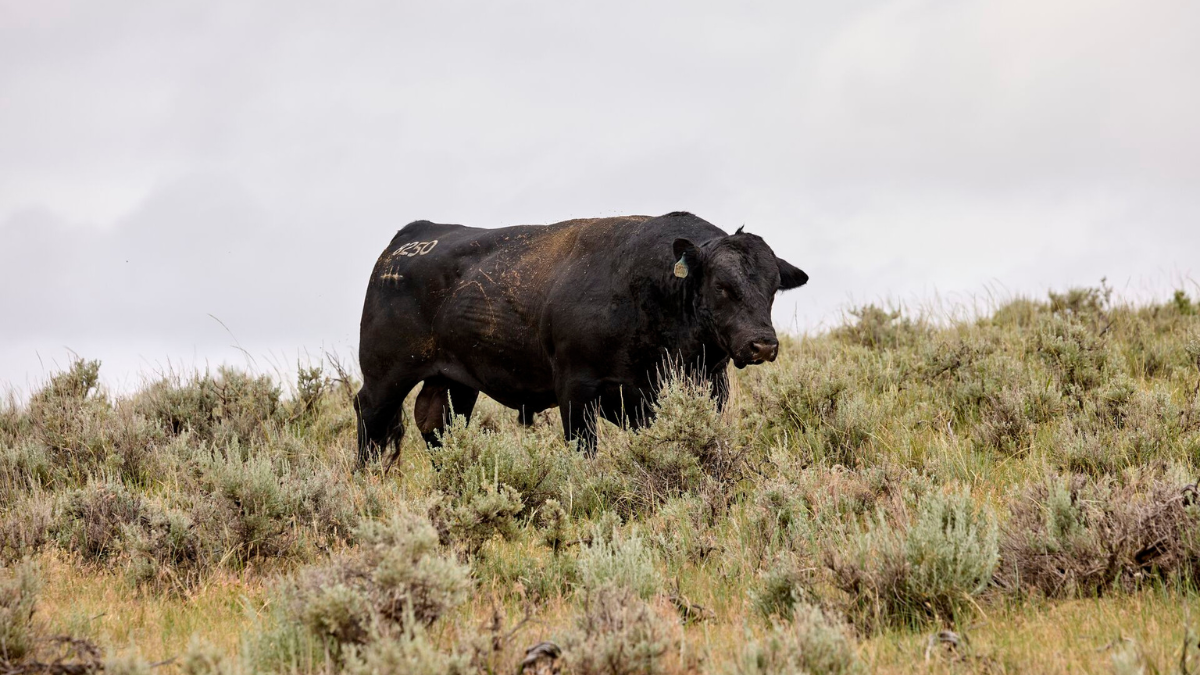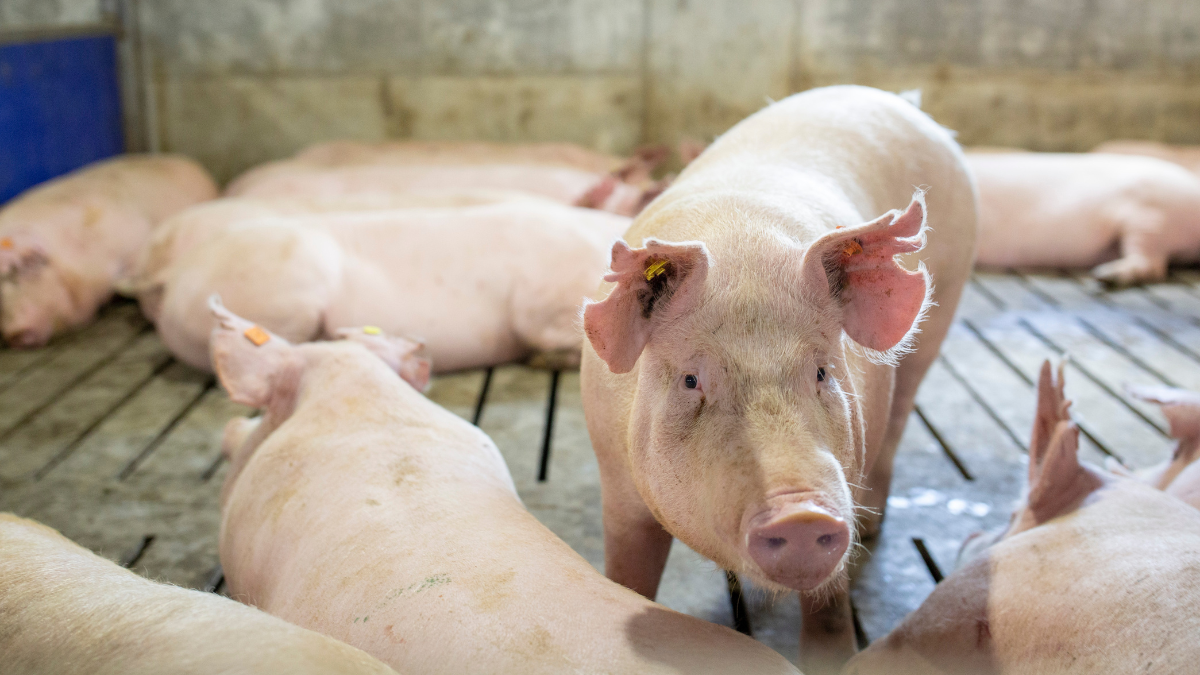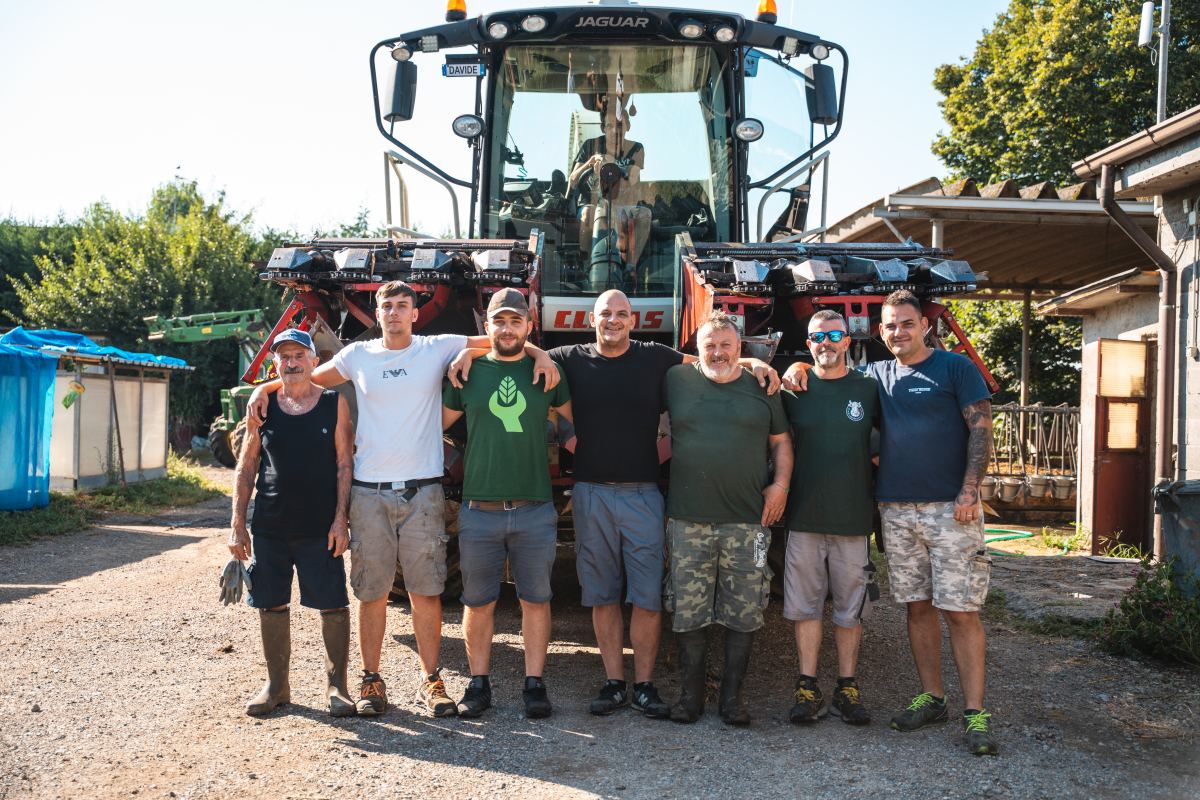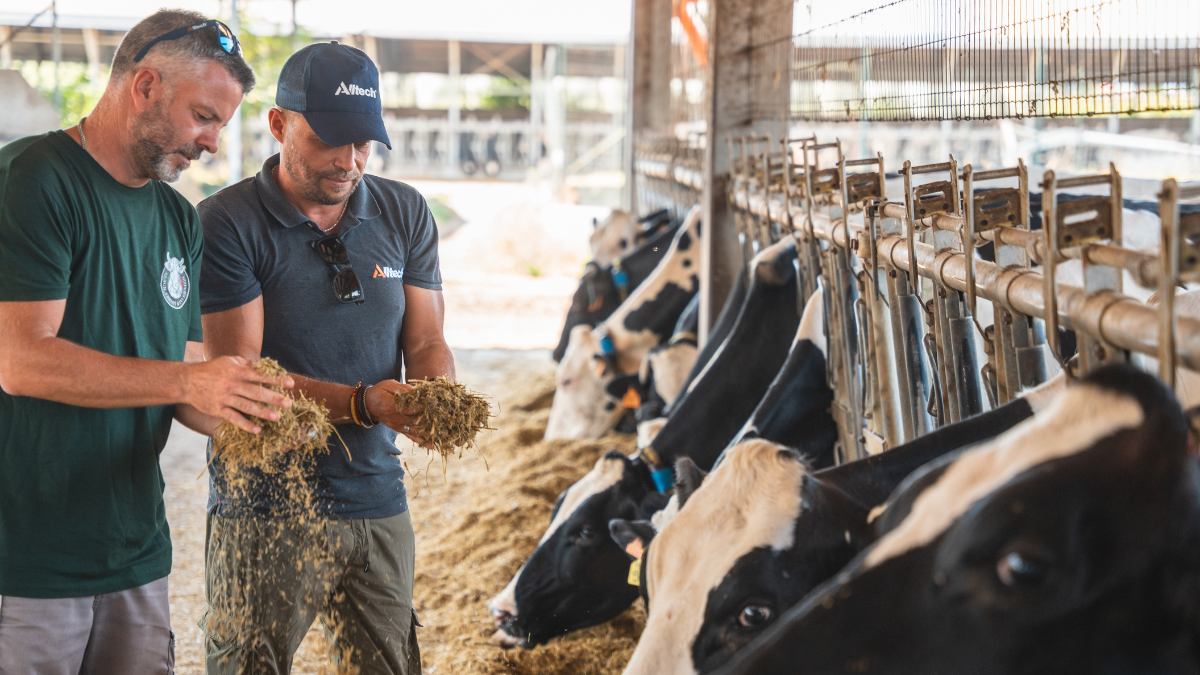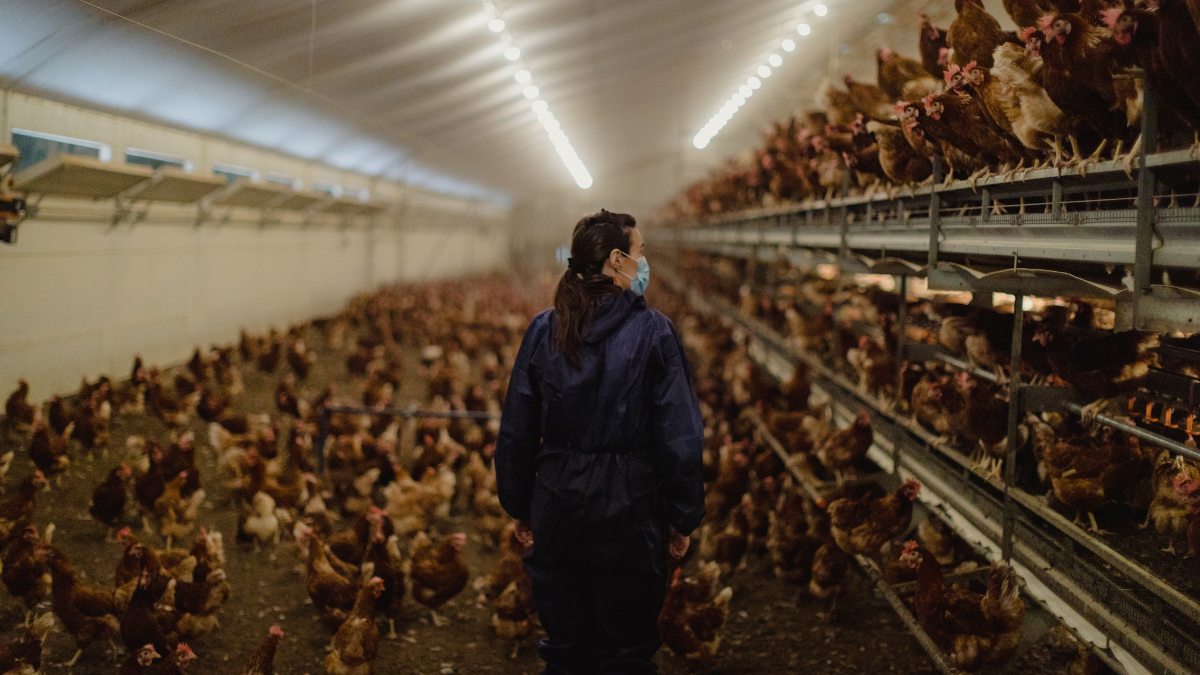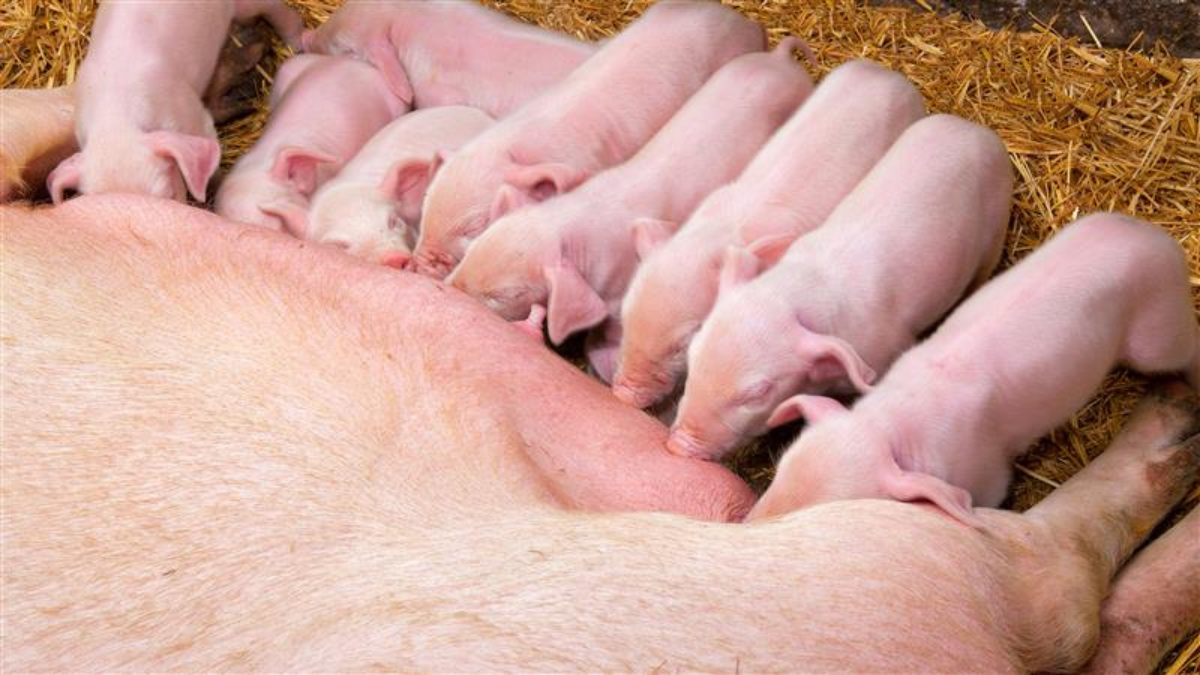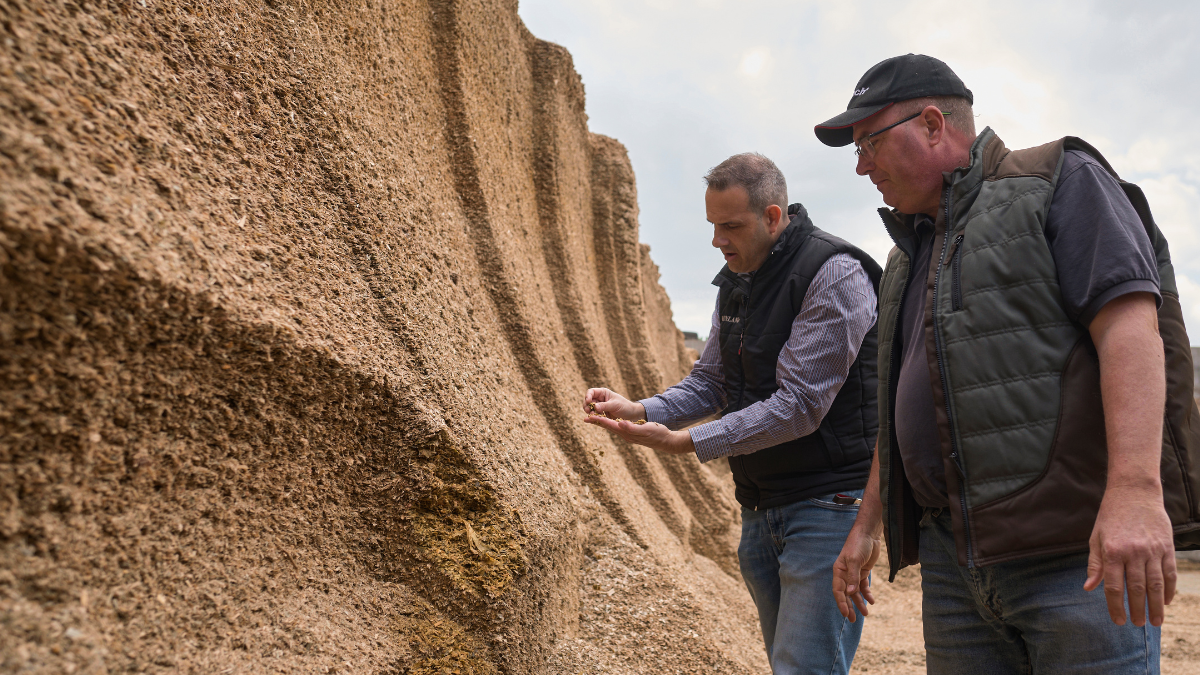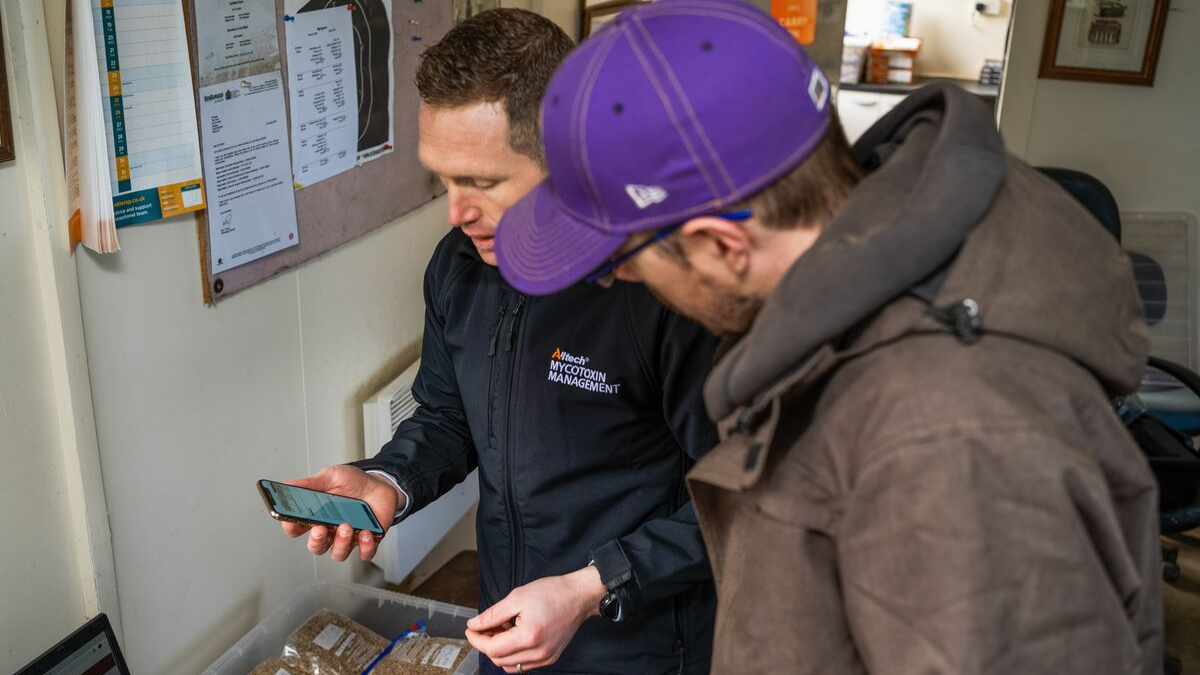Helping pig farmers navigate tougher times
Raising pigs in today’s environment is anything but simple. Between shifting markets, growing concerns around pig diseases, and the increasing need for strong farm biosecurity, staying profitable as a pig farmer takes more than hard work — it takes smart strategies and reliable support.
Here are some things I’ve learned during my journey into the pork industry and from working alongside pork producers across the Midwest.
From show ring to pork farming
My first experience with commercial pork production was as a junior in college. I landed an internship as an account manager intern with a large feed company. I grew up in eastern Iowa, where you can’t drive two miles without seeing a hog barn, so I thought I was somewhat familiar with the pork industry — many neighbors and friends of mine were deeply involved in it. However, I was amazed to learn the complexity of the industry and just how hard it is to stay profitable as a producer.
My background was in the show ring growing up, which — as most of you know if you’ve been a part of that industry — is not typically a money-making endeavor. Nor do you often measure a lot of KPIs — your “test” is one man’s opinion in the show ring. Quite a bit different from my current profession. One thing does translate, however: I am a competitive guy, so having so many measurable KPIs drew me in right away, and after almost six years in the industry that appreciation for data has not changed.
Facing the challenges of modern pig farming
As an account manager for Alltech, my conversations with customers and pig farmers often revolve around managing one or several of the many challenges facing pork producers daily, including health and biosecurity, supply chain management, barn and bin management, getting the right pigs marketed at the right time, and navigating uncertainty in the hog market. These challenges and more must be addressed while still trying to hit the performance goals they are striving for.
The past several years have been an incredibly difficult time for most producers, with many folks having to leave the business. From my perspective, it seems like the producers that struggled less with livability have lived to fight another day, and this is where Alltech has spent a large amount of time and energy for years. One of the key selling points of Alltech, when I was considering joining the team, was the fact that their Solo nursery program and several other individual Alltech technologies are focused on this particular piece of the puzzle — keeping pigs alive and setting up the young pig’s gut for success.
Biosecurity and support built for the long haul
If COVID-19 showed us anything, it was how fragile our agriculture supply chain is. This has become something pig farms now manage with far more focus than before. It’s another area where Alltech has a distinct advantage. With feed plants scattered all over the Midwest, a premix plant able to service both the Eastern and Western Cornbelt, and a distribution center the size of four football fields, our vertically integrated supply chain allows us to operate with agility, cut down lead times, and help customers manage inventory better than most.
Perhaps the most important thing we do at Alltech, though, is surround each of our customers with a dedicated account team full of experts. Whether it’s nutrition expertise, help with barn management, or even veterinary consulting, we’ve got an in-house group of experts for every customer. Almost all of our team has significant experience at the production level, and we use that experience to help customers through any challenge they are facing — from refining biosecurity measures and reducing the risk of animal disease to improving farming practices that support long-term resilience.
At the end of the day, what keeps me energized in this role is the opportunity to help producers do what they do best: raise healthy pigs and produce high-quality pork products for the United States and beyond. The landscape of hog farming is constantly evolving, but when you pair innovative tools with real on-farm experience and a strong biosecurity plan, you give producers a fighting chance to stay in the game. I’m proud to be part of a team that shows up every day to help them do just that.
About the author

Gavin Meyer grew up in Wilton, Iowa, and was involved in agriculture from an early age. Through 4-H and FFA, he competed in the show ring with sheep and goats at the county and state levels, and he helped run his family’s show goat business. He attended Iowa State University and earned a bachelor’s degree in animal science. While at Iowa State, he held several internships, the last of which led to his first full-time position, as an account manager for Cargill Animal Nutrition. After three years at Cargill, he joined the Alltech team as an account manager on the Pork team. He and his wife, Olivia, and daughter, Emerson, now reside in Oskaloosa, Iowa. Gavin covers primarily Iowa and southern Minnesota in his role as account manager.
I want to learn more about nutrition for pig herd.
- Read more about Helping pig farmers navigate tougher times
- Log in to post comments

<script charset="utf-8" type="text/javascript" src="//js.hsforms.net/forms/v2-legacy.js"></script>
<![endif]--><script charset="utf-8" type="text/javascript" src="//js.hsforms.net/forms/v2.js"></script><script>
hbspt.forms.create({
portalId: "745395",
formId: "60231863-171f-40d3-8aab-9c79cd363ae2"
});
</script>
















